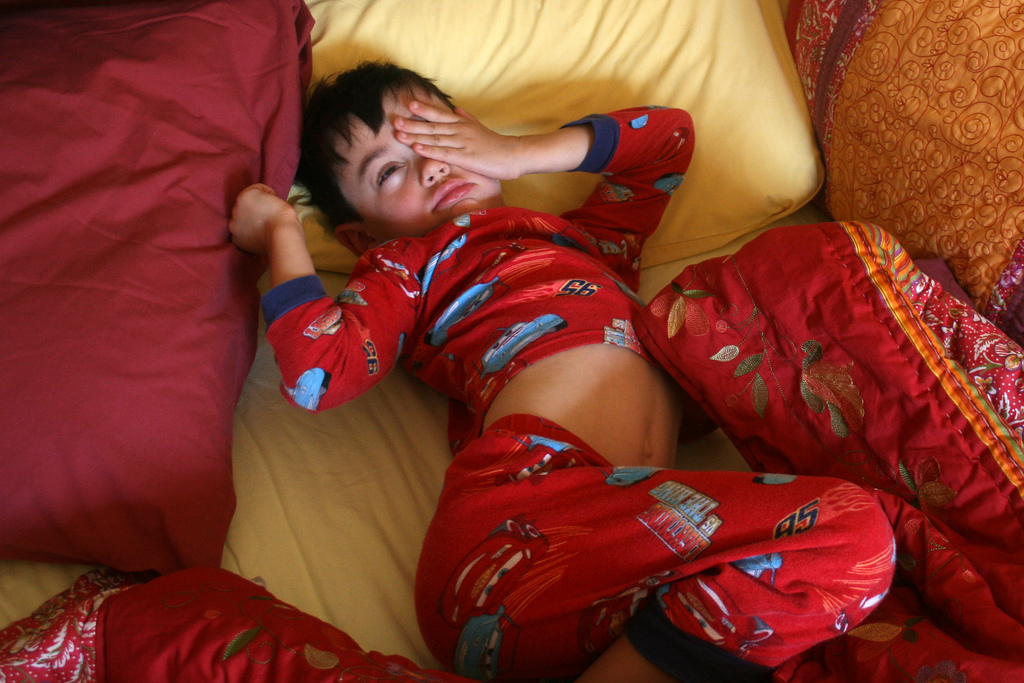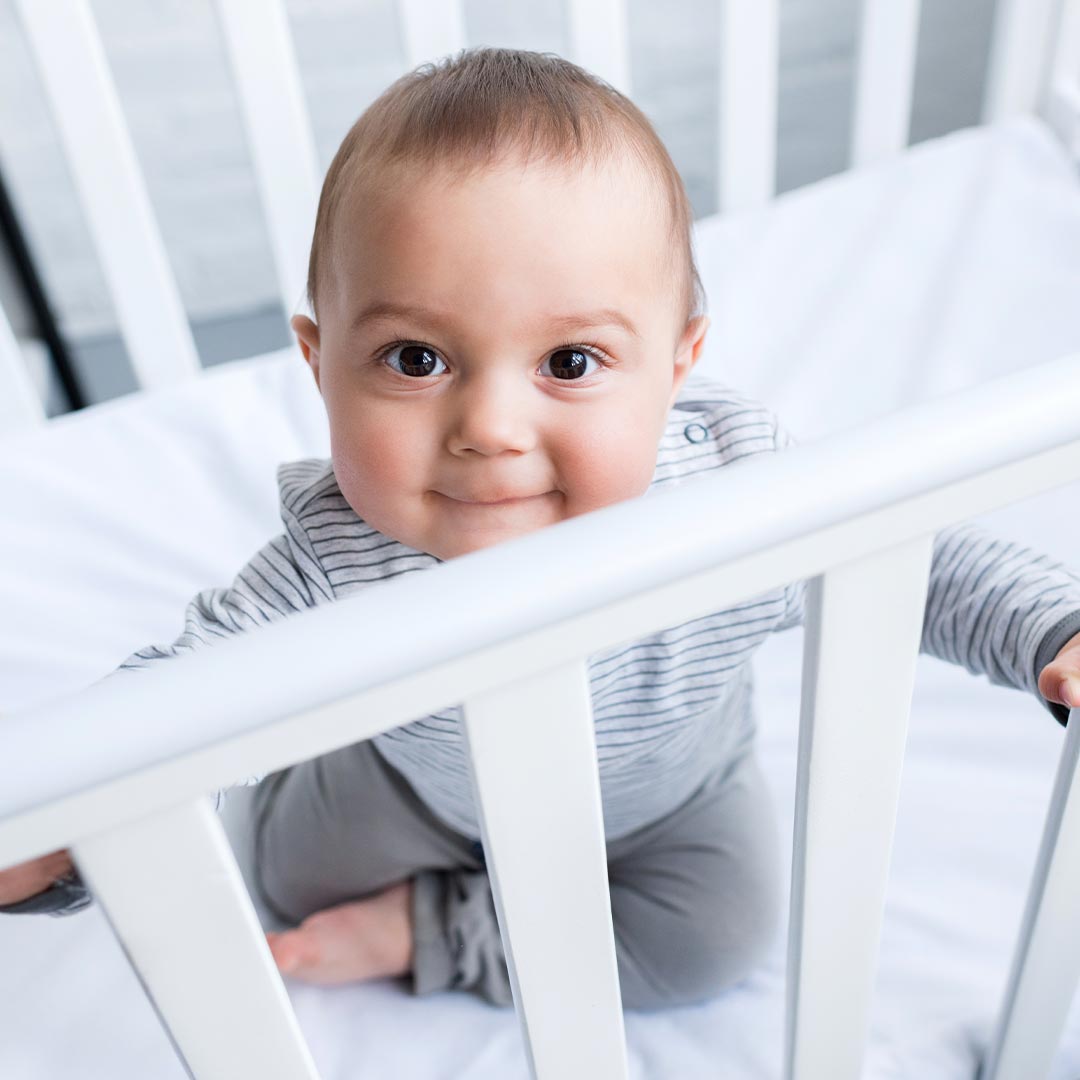People always ask how they can help their baby sleep. Often in my book, “Good Night, Sleep Tight”, I will instruct you to put your baby down to sleep when she is “drowsy but awake” so she can learn to do that last part of falling asleep on her own. If you have trouble visualizing what “drowsy but awake’ means, imagine a scale of one to ten, one being wide awake and ten being deep sleep. You want to put the baby down at about a seven or eight on this scale. She should be quite sleepy but awake enough to know that she is going into her crib. If he falls asleep too quickly, in less than five minutes or so, you probably put him down too drowsy. Put her to bed when she’s a tad more alert the next night and ready for bed. If she’s still waking up a lot at night, you may need to put her to sleep a little more awake – maybe at a “six” – – so she gets better at resettling herself when she stirs at night. This will help your baby sleep. Even when you put her down at the right point on the drowsiness scale, she might wake up a bit and protest and fuss as you lay her down. Don’t worry but don’t get her out and start the whole routine over again. Instead stay near by and use Sleep Lady techniques to comfort and reassure her and she will learn to transition from drowsiness to sleep.
If your child just doesn’t get drowsy, if she’s really good at fighting sleep to keep you close by and engaged, you will have to put her into her crib or bed anyway. But make sure you have an appropriate bedtime and evening routine to help prep her mind and body for sleep. Once she’s in bed, use your repertoire of soothing techniques to help her transition to sleep. If you don’t already have a go-to soothing technique, you can try stroking, patting, “sh-sh-ing”, or singing to your child intermittently once she’ in the crib. Be sure that you stop your soothing once you notice that she’s starting to fall asleep. A quick note: some babies do not like to be touched as they are falling asleep, so be sure to watch your baby’s reaction carefully.
If you rock, swing or walk your baby to sleep, you may want to try cutting it down ten minutes at a time, i.e. if you were walking her for 30 minutes, cut back to 20 minutes for a few nights, then back to 10 minutes. You want to reach the point where she is very calm and drowsy but not sound asleep. Watch your baby to see how she responds and adjust the timing accordingly, If you were nursing to sleep – by far the most common pattern I see with newborns and infants – shorten the last nursing before bedtime and pay close attention to the baby. When she stops sucking energetically and swallowing and instead is suckling gently, a sort of fluttering motion on your breast (or bottle), she is past the “drowsy” target. In fact, if you look, you’ll see her eyes are probably closed. Unlatch her, put her down and try to catch her a little earlier the next time. If she wakes up as you are unlatching her and still seems hungry, then give her one more chance. If she starts eating, fine, let her finish. But if she just goes back to that fluttery suckling, you’ve been duped! She isn’t hungry, she just wants to suckle herself to sleep. Unlatch her, burp her, give her a kiss, and put her to bed.
If you are having trouble with this, try nursing or bottle feeding with a dim light on. It will help you monitor her behavior and see where she is on that drowsiness scale. The dim light will also help lesson that association in her mind between nursing and falling asleep, a goal after the first few months. Drowsy but awake becomes less important as children get older. With toddlers and preschoolers the calming bedtime routine of songs and stories prepares them for slumber.
Was this article helpful to you? Please tell us by commenting below! For more baby, toddler, and family sleep tips and tricks, please subscribe to The Sleep Lady’s Facebook, Twitter, Pinterest, Google+, and YouTube channel! If you are looking for more sleep content, please check out Get Sleep Now -an exclusive members-only area designed to provide in-depth help and support during your sleep coaching experience.




